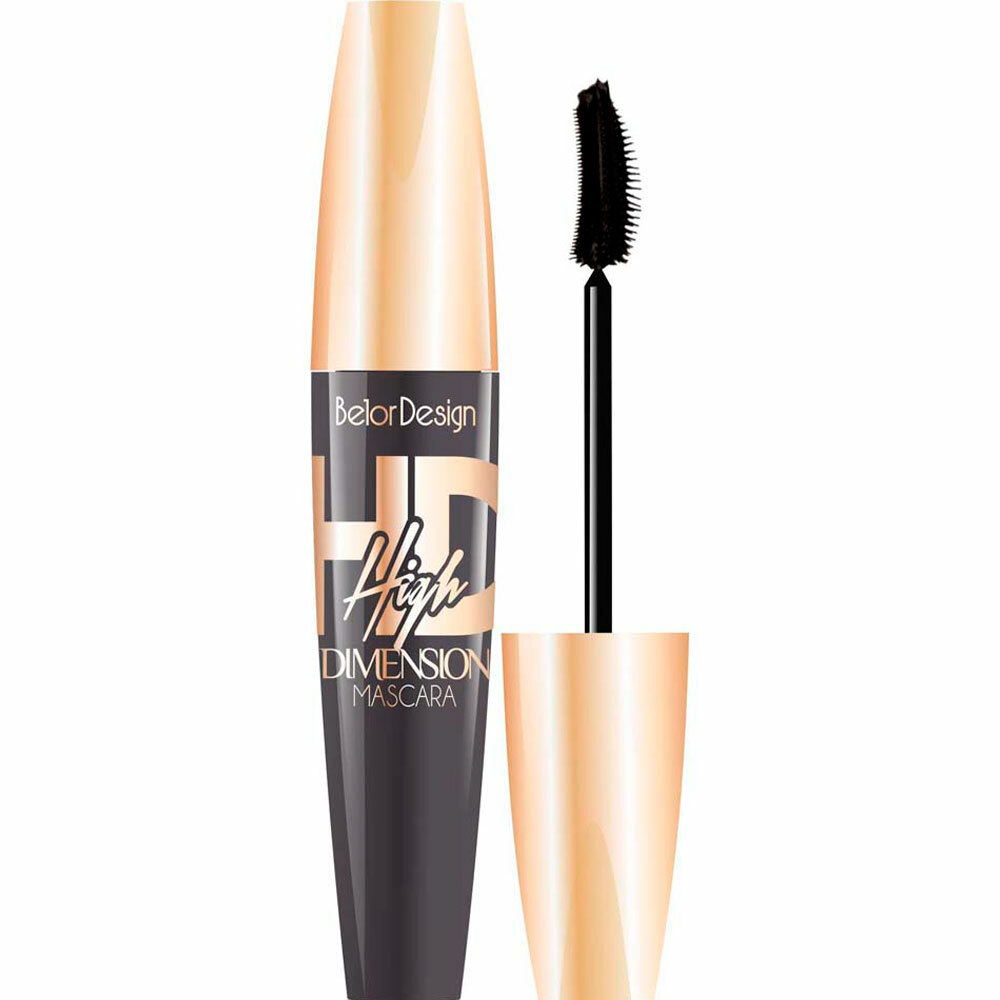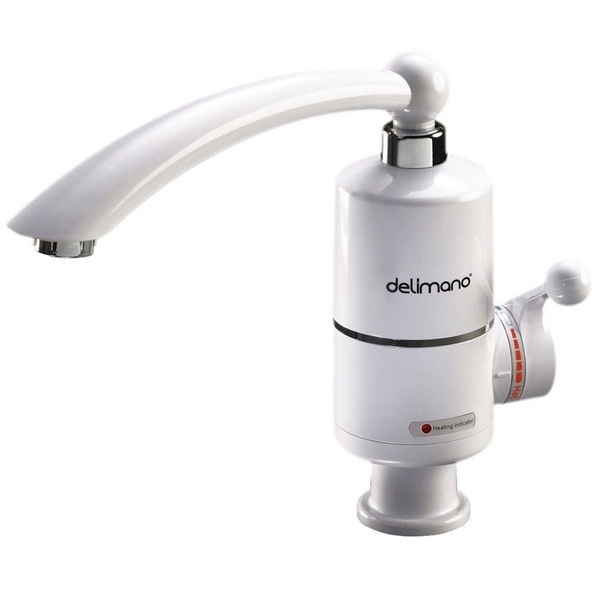The Russian market of heating equipment offers the consumer dozens of species and hundreds of varieties of heating appliances for household, technical and industrial destination. The high demand for heating units due to the fact that in the winter, even in the southern regions of Russia commissioned housing without artificial heating is not possible.
Volumetric niche in the market of heating equipment occupied by convection household heaters - reliable and constantly improving units, which differ on the device, but united by a common characteristic - using convection to heat the premises.
Let us consider the convector heating, the most common types of convector heaters, them the pros and cons, including the perspective of efficiency of application for heating.
convection phenomenon
One of the comfortable conditions in the room is the temperature, the corresponding room assignment. When it comes to the winter period, it means the need for warm-air environment for housing up to a certain temperature, which is achieved with the help of domestic heaters.
Of the existing methods of heating the air in premises used by those who do not have an adverse effect on human and do not create a risk of fire or explosion. For example, heating of the living room open flame heat fire for obvious reasons is not acceptable, but the same fire in the fireplace or heat the furnace wall of the furnace, which give heat to the air space, and this method is widely distributed heating housing.
To increase the temperature in the room air needs to contact hotter than it, a subject that will give him warm - heat transfer. This is achieved in two ways:
- object (heat exchanger design heater) is heated by energy conversion coolant into heat - combustion air or passing an electric current through a conductor with high resistance;
- items and building envelope in a room heated by exposure to radiation of infrared heaters and heat exchangers are - heat sources.
In both cases, initiated the so-called convection currentsCausing convector heating. The air contacting the hot objects, is heated and increased in volume. Since the heated air has a lower density value, it directs upwards, being replaced by cold.
When stable heat exchanger, this process occurs continuously and is called convection.

Types of heating convectors
Any heater convector type has a long list of characteristics of primary and secondary:
- type of energy used for heating the heat exchanger;
- heat release;
- equipping of the degree of automation;
- safety class;
- performance design of the installation location;
- mobility;
- dimensions;
- the weight;
- decoration class.
According to this list, heat convectors may if desired be divided into a plurality of sub-species, but for practical use in such a breakdown is not necessary.
So how to choose a convection heater among dozens of types offered by manufacturers is not easy, consider the main group of these units that integrate equipment at the main parameter - mean energy carrier.
Water Convection heaters
Heating convectors, using water as coolant, are popular because of their simplicity and safety of operation - operation of these units do not emit any substances, and their use does not require any special user skills. The most common example of such devices can serve as a water heating radiators connected to a central heating system or standalone.
Water Convection heaters are cooler-exchanger with water (antifreeze), smooth or ribbed - to increase the heat transfer area. A heating element in its structure have - through the radiator element being a heating circuit, hot water circulates and heats the casing. The contacting with the housing air masses are heated and are raised up, forming convection currents.
Such water heaters heating may be represented by the familiar all cast iron radiators or similar in size, but more sophisticated devices bimetallic double hull.

Important! Radiators made of cast iron and high-class artistic performances, but their price is ten times higher than the cost of standard models.
Bimetallic water heaters They represent steel tank, placed in an aluminum bag.

A more compact heating appliances convective action is water baseboard convectors executionRepresenting modern devices based on copper tubes with aluminum fins mounted on the support base and the decorative outer decorated panel.
Despite its compact size, the dimensions baseboard heaters execution still disproportionately plinth sizes, so they are bound to its name, rather, the place of installation - along the wall at a small distance from the floor.

Water heaters also used for space heating large size - industrial, commercial and utility, but it is much more powerful machines, in which the decorative level of performance takes a back seat.

Important! The system central heating seasonal residence in order to avoid defrosting circuit used as a coolant antifreeze. The use of water requires a system to empty before the frost.
Electric convection heating units
The second highest prevalence applications are electric convector household heaters. Their popularity is also justified - operation panel heaters are not accompanied by harmful to human factors, does not require fuel preparation, as well as additional equipment and chimney room hood.
By and large, such units are and oil radiators, and wall panels decorative monolithic execution "under a rock" and heaters, pictures, and many more devices that operate on electricity and trigger the occurrence of convective flows in room. These devices have individual characteristics, and because each of them needs to be considered separately.
In this same article, we consider the kind of electrical equipment, which is often colloquially referred to as a heater-elektroconvector.

Device
Heaters heating consist of a metal casing called a convection chamber, and mounted in it a heating element. Heater is mounted without contact with the body, so the grounding of the heater is not necessary.
For safety reasons, between the heating element and the walls of the housing there is heat shielding sheath of heat-resistant plastic, which reduces the temperature of the surface of the device to safe values. Space heating is carried out at the expense of natural convection heater initiated - a device structure in order to ensure its operation noiselessness no fan.

Methods of temperature control
The convectors are equipped with thermostats (mechanical or electronic) activates / deactivates the heater temperature sensors the signals.
mechanical thermostats are paired with a temperature sensor on the case, heating only monitoryaschim device without reference to the room temperature.
Advanced models are equipped with convectors electronic thermostatsThat track other than the heating body and temperature control in the room - the sensor signals, installed in the room. Such devices allow to maintain the room temperature is set manually by the consumer with fluctuations of a value of not more than 1 degree. If there is room in several of these common convectors mounted electronic control unit, regulating the temperature control on the signals of temperature sensors on / off and adjusting the power of all heaters.

Depending on the performance class, the heaters can be fitted and other useful options that increase ease of device management and air pollution characteristics:
- timer automatically switches the heater at a specified time by the consumer;
- air humidification device in the room for the neutralization operation PETN;
- remote control system with wireless remote control;
- Tally working devices.
Advantages and disadvantages of electric convectors
Convection heating electric units is widespread due to the predominance of the merits of these devices over the negative characteristics.
Pros:
- simple alerting and operation - the inclusion of the cord into an electrical outlet;
- minimum user participation in the process of heating;
- no need for special maintenance and implementation of preventive maintenance;
- noiseless operation;
- long life - 10 years or more;
- availability price range;
Minuses:
- a substantial amount of power consumption on all models;
- Use as a main heating means is possible only when deliberate installing multiple heaters;
- combustion of dust on open heating elements is accompanied by an unpleasant odor.
Important! A thick layer of dust accumulated on PETN when the heater may cause a fire.
The described electric heaters convective action convectors are not in pure form. A heating element in contact with air, initiates movement of convective currents in the room, but also heats the housing unit. Any hot object is the source of infrared radiation, the intensity of which depends only on the temperature of the radiator, so Heaters - it to some extent, and infrared heaters, heating the objects by the impact of IR radiation, but the involvement of these rays in the heating process is very slightly.
Convection-infrared heaters
These improved electric convectors are aggregates whose efficiency is enhanced by increasing the proportion of heat attributable to infrared radiation.
Thus, infrared convectively electroheater - a unit for combined heating of premises, ie, the excitation of convection and the simultaneous use of infrared radiation.
The main "highlight" of convection-infrared devices - is the presence in the heater of the two heating elements. It can be two identical heater specially coated, reinforcing the intensity of infrared radiation, steam, or devices of various operating principle - the radiating panel and TEH.


Advantages and disadvantages of convection-infrared heater
Pros:
- durability and functionality - in case of failure of one of the heating device, albeit with lower efficiency, it is possible to continue to use;
- higher than that of conventional panel heaters, efficiency
- rapid heating of the premises.
Minus:
- the relatively high cost - from 5000 rubles.
Gas Convection heaters
Gas heater convector type - a device for heating, the principle of operation is based on warming air flow upon passing through the regenerative heat exchanger, the heated products of combustion of gas, liquid or natural.
Convection heating the gas heater is made as follows: - gas is fed to the burner in the combustion chamber closed type and is ignited by the burning pilot light, which, in turn, need to pre-ignite the touch of a button pezoustroystva.
The heater is equipped with a coaxial flue - tube-in-tube, which towards each other moving the two gas flow - air from outside the burner, and the gas products of combustion to the outside.

Convectors for heating gas are made of two types of convective - natural and forced.
For units with forced convection air to the heat exchanger for heating the blown fan with natural - convection currents are formed without the intervention of the consumer.
Price of gas convector depends on its performance class. The most expensive aggregates - a device class C1 - with sealed combustion chamber and forced convection, Heaters class B11 (natural convective and connected to a conventional flue) is considerably cheaper.
conclusion
The assignment to the convectors only certain types of domestic heaters is very conditional - there are no heaters, whose work would not have entailed the formation of convective currents. But when choosing a heating means should be considered part of the size of the efficiency of the unit attributable to convection.
Space heating a small volume of quite a force units with natural convective, the rooms large dimensions (For production purposes) can not do without a few of these devices, or heat guns - Forced devices convection.
The main essence of the article
- To speak of the convectorOh, need to know, what convection, and how this is It helps to heating.
- Despite the fact that the principle of the all convector based on the formation of convective currents, commonly referred to as convector heaters are only a few types of heating devices.
- Water heaters - reliable devices, advanced a few tens of years of service to the units of high efficiency heating and security.
- Electric convection heaters - the modern equipment that is not tied to the fuel reserves and does not require special knowledge of the consumer.
- Convective-infrared heaters - Improvement of the combined heating units, using the phenomenon of convection in parallel with infrared radiation.
- Gas heaters - heaters, cost-effective only in terms of energy costs. In fact, the heat loss through the coaxial flue gas with the combustion products are considerable.
- should take into account the pros and cons when choosing a heating equipment different types of convector heaters. It should be remembered that the convector heating units are not equipped with a forced air injection in heat exchanger is inferior in efficacy to heating devices with fans, and the difference in the price of these devices is quite justified.



